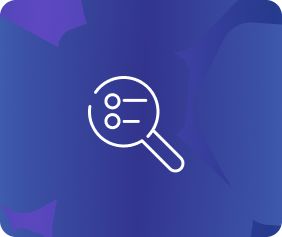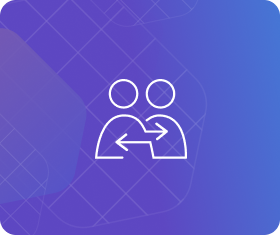How to tackle the challenge

1. Start with strategy, not tools
AI tooling and options are simply exploding. No doubt your teams will have access to LLMs which they can leverage on a personal basis. Your existing tech stack will probably be adding AI tooling within those platforms. The key is to take a step back and look at your 1:1, 1:Few and 1:Many ABM workflows. The most logical thing to do is to look at them to see where AI can drive efficiency (faster insight), effectiveness (faster personalization) and optimization (better measurement and attribution). Validate how your existing techstack can help, and identify areas where you may need to pilot new AI workflows.
Actionable Tip: Run an AI Readiness Workshop across marketing, sales, and ops to align goals, identify gaps, and create a 90-day AI integration roadmap for ABM.
2. Use AI to accelerate, not replace
AI is a powerful co-pilot—not the driver. Its real strength lies in speed, scale, and pattern recognition. Use it to accelerate high-effort, repetitive tasks: drafting outreach messages, summarizing large volumes of account intel, or surfacing engagement patterns across complex buying groups.
However, you still need the human layer for insight, creativity, and judgment—especially in high-value 1:1 or 1:few programs. Treat AI outputs as raw material to be refined by your strategists, writers, and account teams. The best results come when AI handles 70% of the lift and humans shape the final 30% for relevance and quality.
Actionable Tip: Create an internal “AI Workflow Model” that clearly defines which tasks are AI-generated, which are human-edited, and who owns final QA. This ensures quality control at scale.


3. Automate personalization, responsibly
AI unlocks the holy grail of ABM: personalization at scale. You can dynamically adapt messaging based on industry, role, funnel stage, or behavior. But this only works if you have a solid personalization framework and brand guidelines in place. Without these, you risk generic, off-brand, or even risky output.
Start by creating templated structures with variable fields for headlines, proof points, and CTAs. Use AI to populate these fields based on CRM data, engagement history, or firmographics. Set guardrails around tone, language, and compliance to ensure consistency across channels and regions.
Actionable Tip: Build a “Personalization Engine” using AI + structured templates. Tag your content assets by persona, industry, and funnel stage so AI can match the right messages to the right accounts, automatically.
4. Build AI into the ABM stack
AI shouldn’t sit on the side—it should be deeply embedded across your ABM operating system. This means integrating it into your CRM, MAP, ABM platforms, and orchestration tools. When done right, AI can help identify ideal accounts, score buying intent, trigger outreach, adapt messaging, and optimize campaigns in real-time.
Use AI for predictive scoring, lead-to-account matching, signal monitoring, and engagement analysis. Connect it with your data lake or CDP to ensure it has access to clean, rich data. And integrate outputs directly into sales workflows—whether that’s surfacing next-best-actions or suggesting personalized follow-up messages.
Actionable Tip: Appoint an “AI in ABM” lead or squad. Their role: ensure that AI tools align to strategy, connect seamlessly with the tech stack, and deliver real-time value without disrupting workflows.

Explore other common challenges

How do I design, deploy and manage ABM across my business?
Align teams, unify data, and streamline tech to deploy ABM/ABX at scale—driving measurable impact with consistent execution and regional flexibility.

How can I accurately measure impact of my ABM program?
Set clear goals, align key stakeholders, and track KPIs across the buyer journey to reveal ABM/ABX performance, ROI, and valuable executive insights.

How can I effectively scale my ABM or ABX program?
Unite strategy, proven workflows, automation, and RevTech to scale ABM/ABX—delivering personalized engagement and driving sustainable growth.

How can I leverage AI into my ABM programs to achieve scale?
Leverage AI-powered insights to target accounts, personalize messaging, and accelerate engagement—driving deeper connections and stronger revenue.

How can I build pipeline using demand gen into my targeted accounts?
Use demand gen, intent signals, and buying group data to build awareness, fuel pipeline momentum, and accelerate revenue progression.


